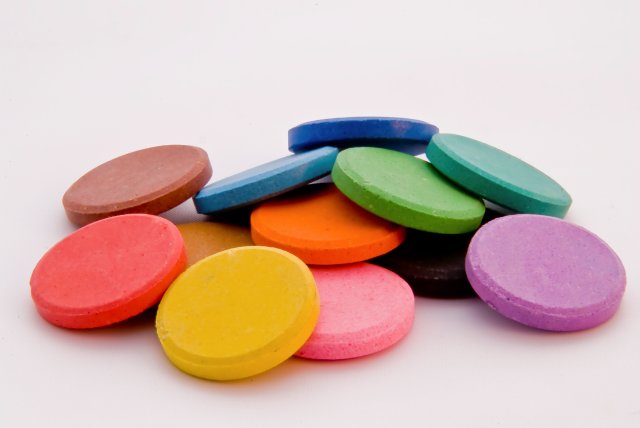It is common for one to associate emotions with color in many areas of our lives. Colors can affect our mood, alter our perception of products, and affect our actions. For instance, it is common to associate the color red with anger, white with tranquility, blue with sadness, and yellow with happiness.. However, people can react differently to each color depending on their individual experience with a color. For instance, a person who commonly associates deep blue can have positive emotions because it reminds them of the ocean and relaxation. Another person may find the same blue dark and depressing. The effects of color psychology have a significant impact in medicine. It is common for a person to anticipate the quality and level of relief they experience when they take a drug that is the same color as a prior medication, even if the drug is different.
A common scenario is when patients taking anti-depressants of a dark color do not experience relief, whereas patients taking brightly colored anti-depressants do. It has been noticed that a patient is much more likely to exceed the recommended dose when taking a dark colored anti-depressant because they feel that they need more of this medication in order to acquire some relief. This also affects a wider audience that experiences a similar phenomenon when perceiving sleeping pills. When people take a pill that is a soft blue color, it is much more likely to have a better perceived effect than a dark colored pill.
It is fascinating how the human mind places an importance on color when compared to other factors that have a more tangible effect on taking medication. This is a concept that is taken into account when manufacturing your medication.

